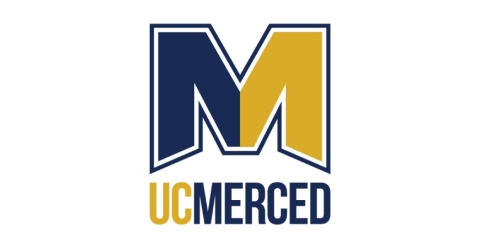Monday 1 December 2025
Promotion and tenure (P&T) decisions at universities are of critical significance to the integrity of the research enterprise because they determine the career progression of scholars and scientists. Despite significant investments in pipeline interventions to diversify academia, faculty of color and women are underrepresented in tenured and tenure track positions. Underrepresentation has important implications for the nation's prospects of developing a diverse STEM workforce. For undergraduate and graduate students of color, having access to faculty members who share and understand their lived experiences and backgrounds has profound benefits.
These include developing science identities and persisting in science careers. Therefore, novel ways to examine gatekeeping mechanisms such as the promotion and tenure processes are needed. Despite the widely recognized importance of P&T processes, the state of promotion and tenure has raised questions about whether faculty advancement processes consistently promote meritorious candidates. The project team’s prior work (Alfred P. Sloan Foundations; NSF #1409928 and #2100034), through a consortium study of ten universities, has found that P&T processes function as a de facto gatekeeping mechanism that, instead of operating as a valid and reliable system, prevents the career progression of faculty based on characteristics that are not recognized as part of the formal evaluation process. Specifically, faculty with patents, with dual appointments, from underrepresented minority (URM) backgrounds, and who take extensions have worse P&T outcomes, even when accounting for institution, discipline, scholarly output, and more.
This grant aims, through a diverse PI team and through partnerships with a broad representation of faculty, to identify mechanisms driving unfair promotion and tenure decision-making processes in academia and to create interventions to sustain valid decision-making systems. Ultimately, this project, grounded in quantitative social science research, plans to 1) identify the mechanisms in current decision-making processes within P&T committees that result in inconsistently and inappropriately applied metrics and 2) develop evidence-based interventions and policy recommendations that ultimately form resources for advancing meritorious faculty in promotion and tenure decision-making.
1) Determine the theoretical mechanisms driving racial disparities in P&T.
2) Develop, refine, pilot-test, and implement inclusive training for P&T stakeholders.
This project is funded by the National Science Foundation and Alfred P. Sloan Foundations.




